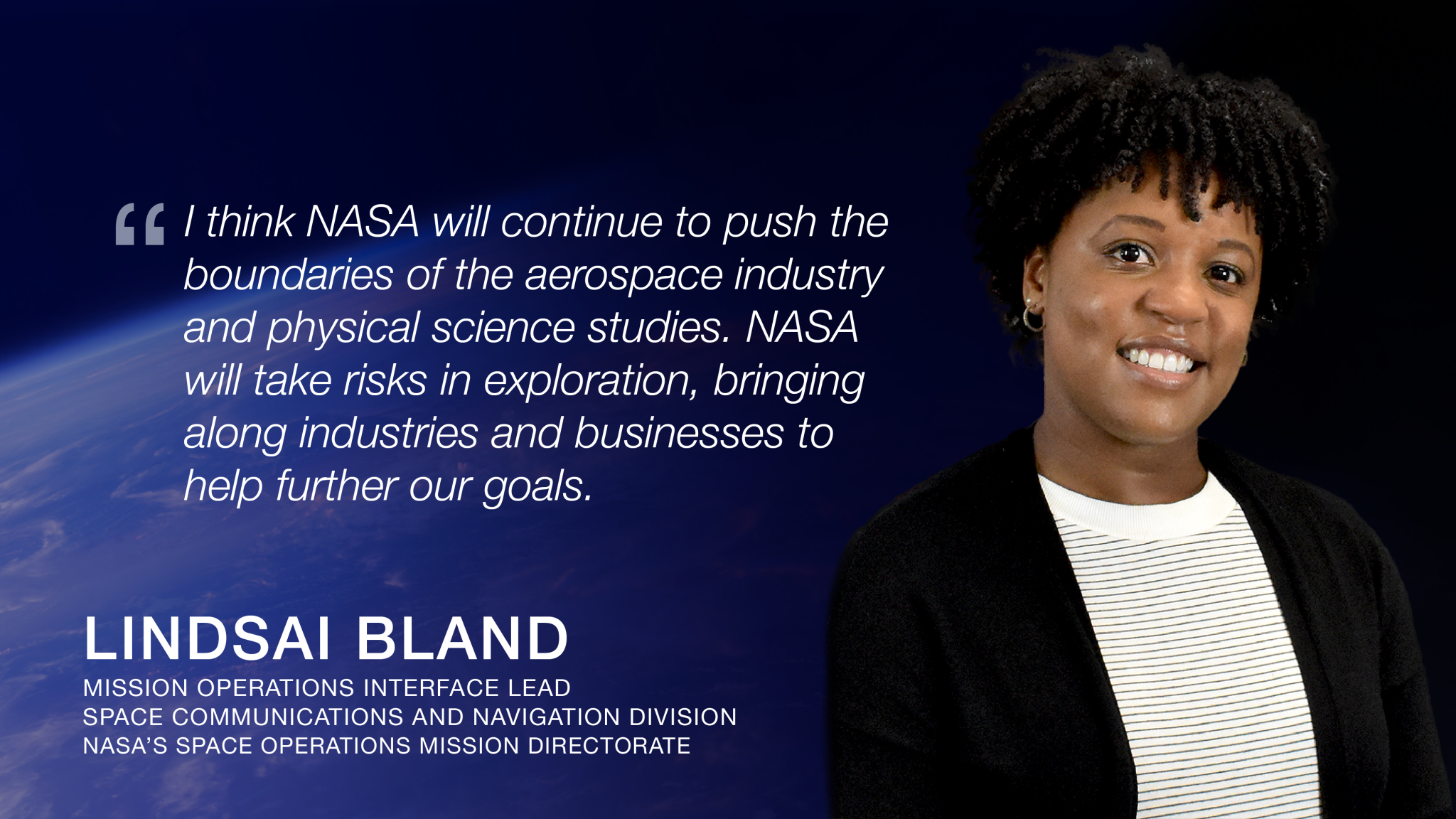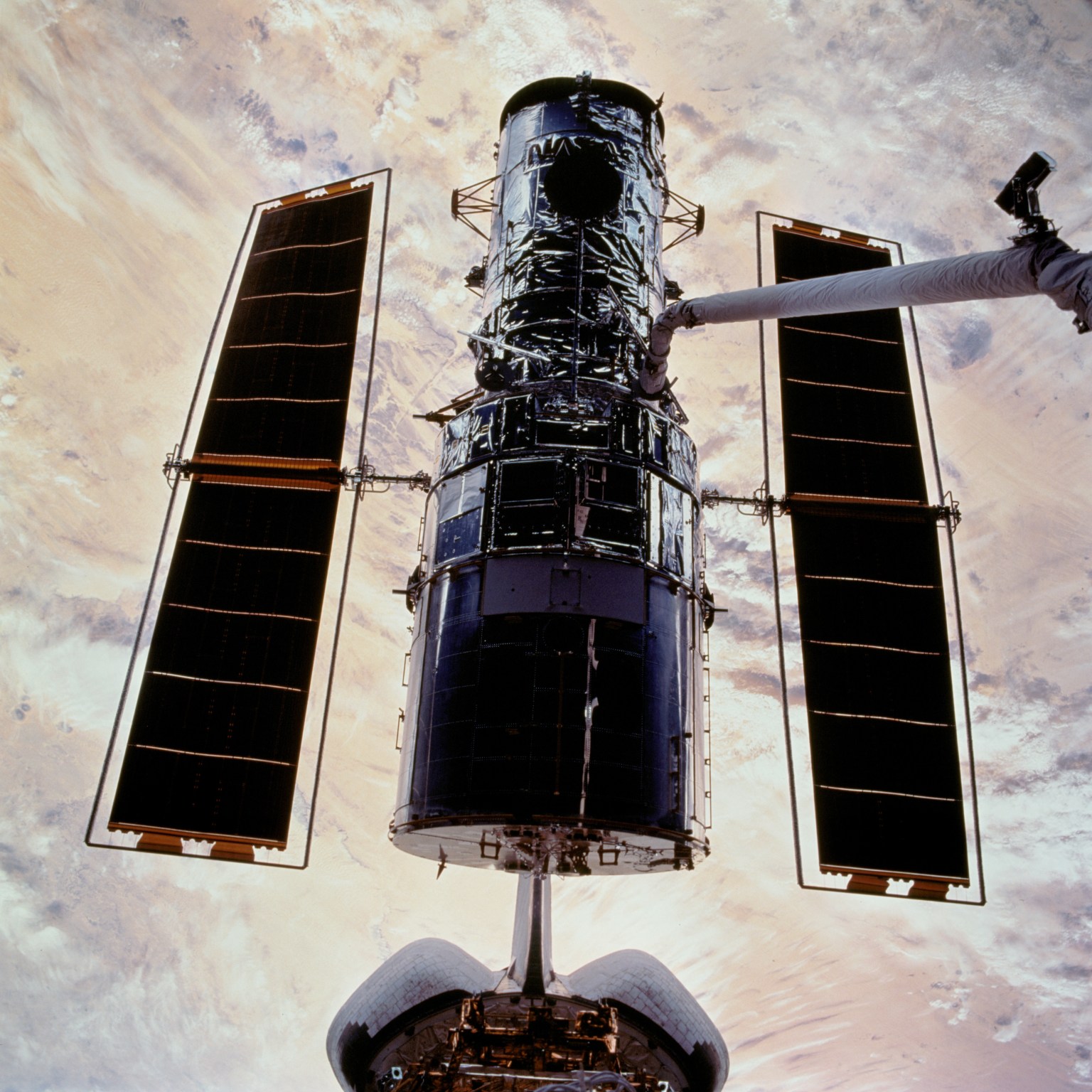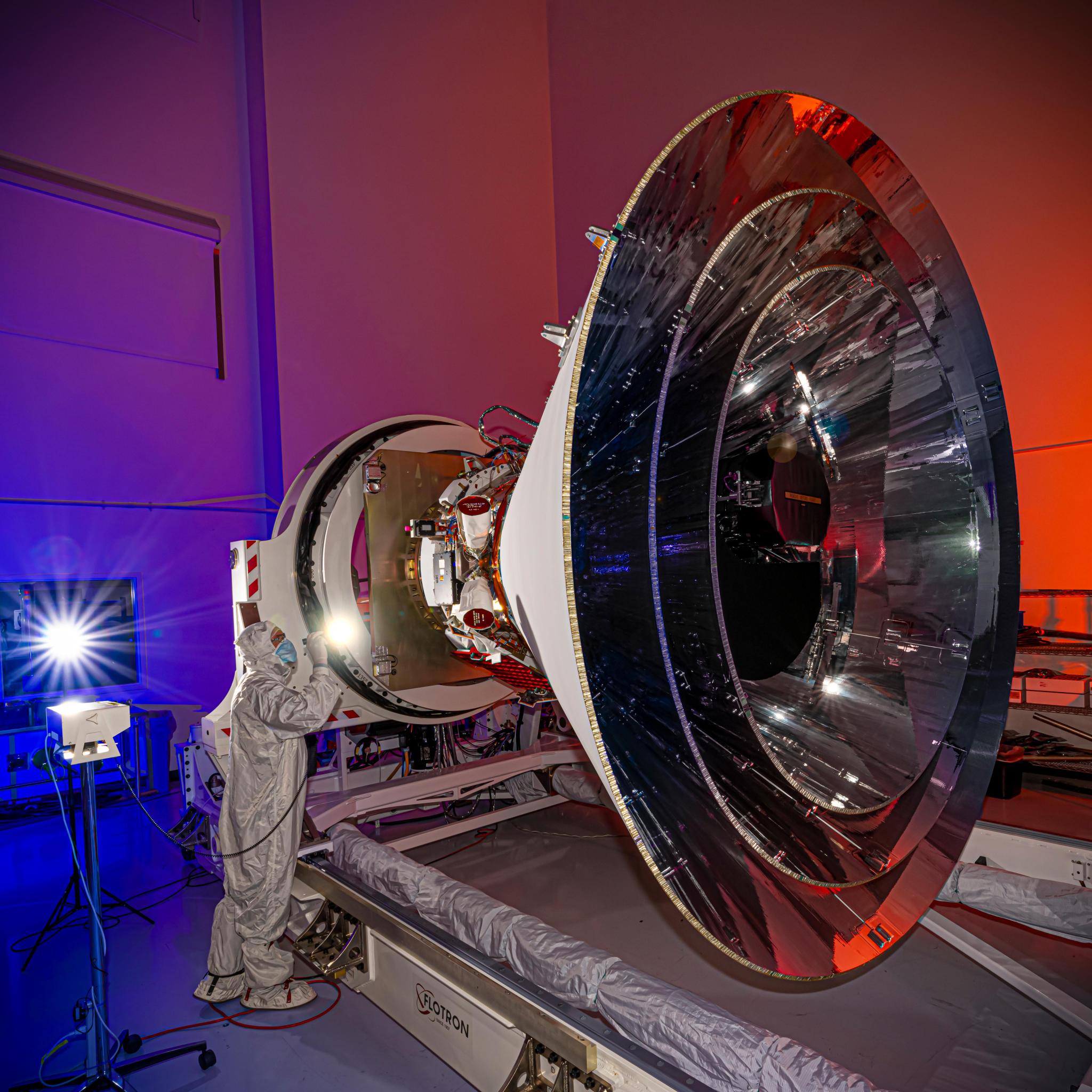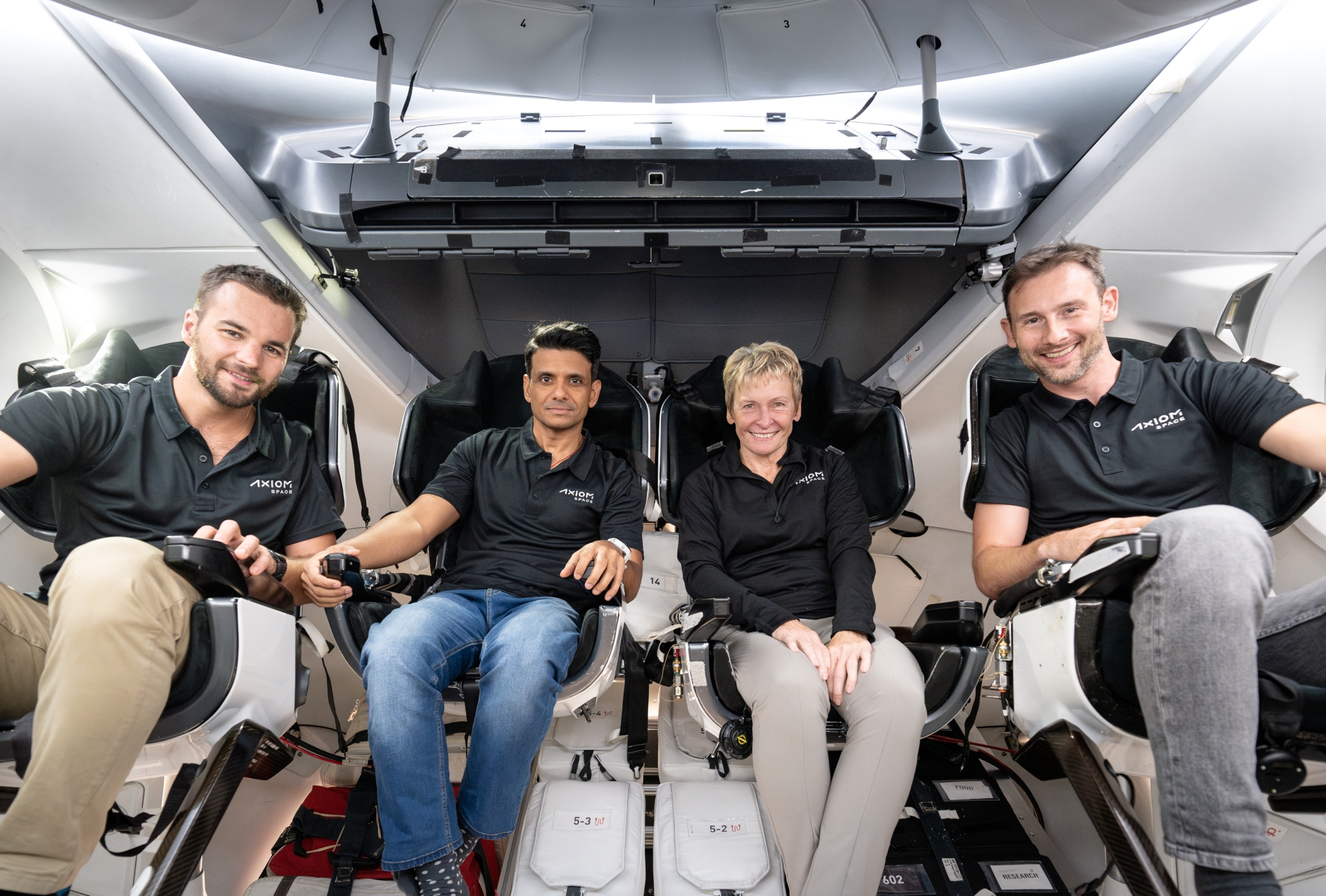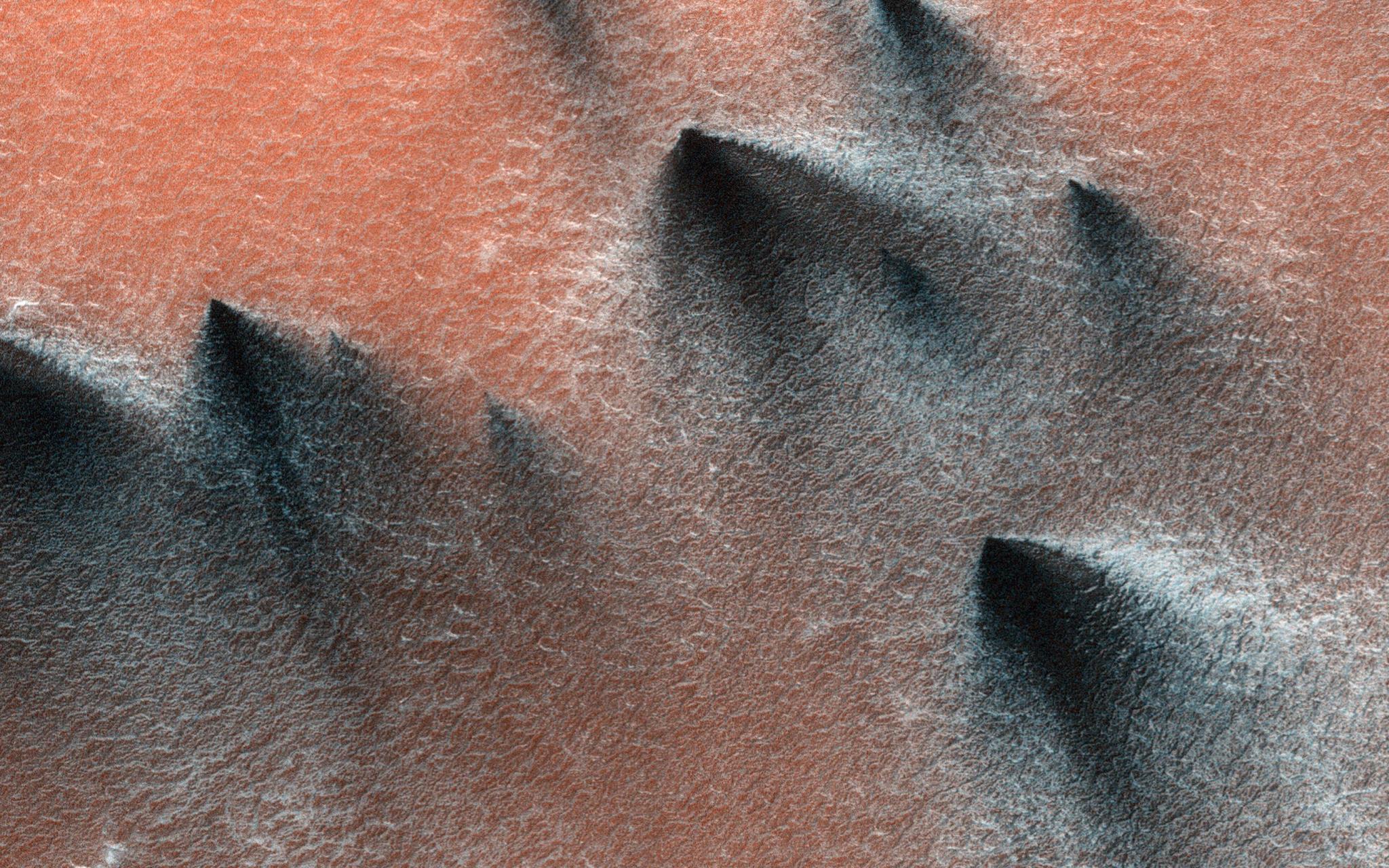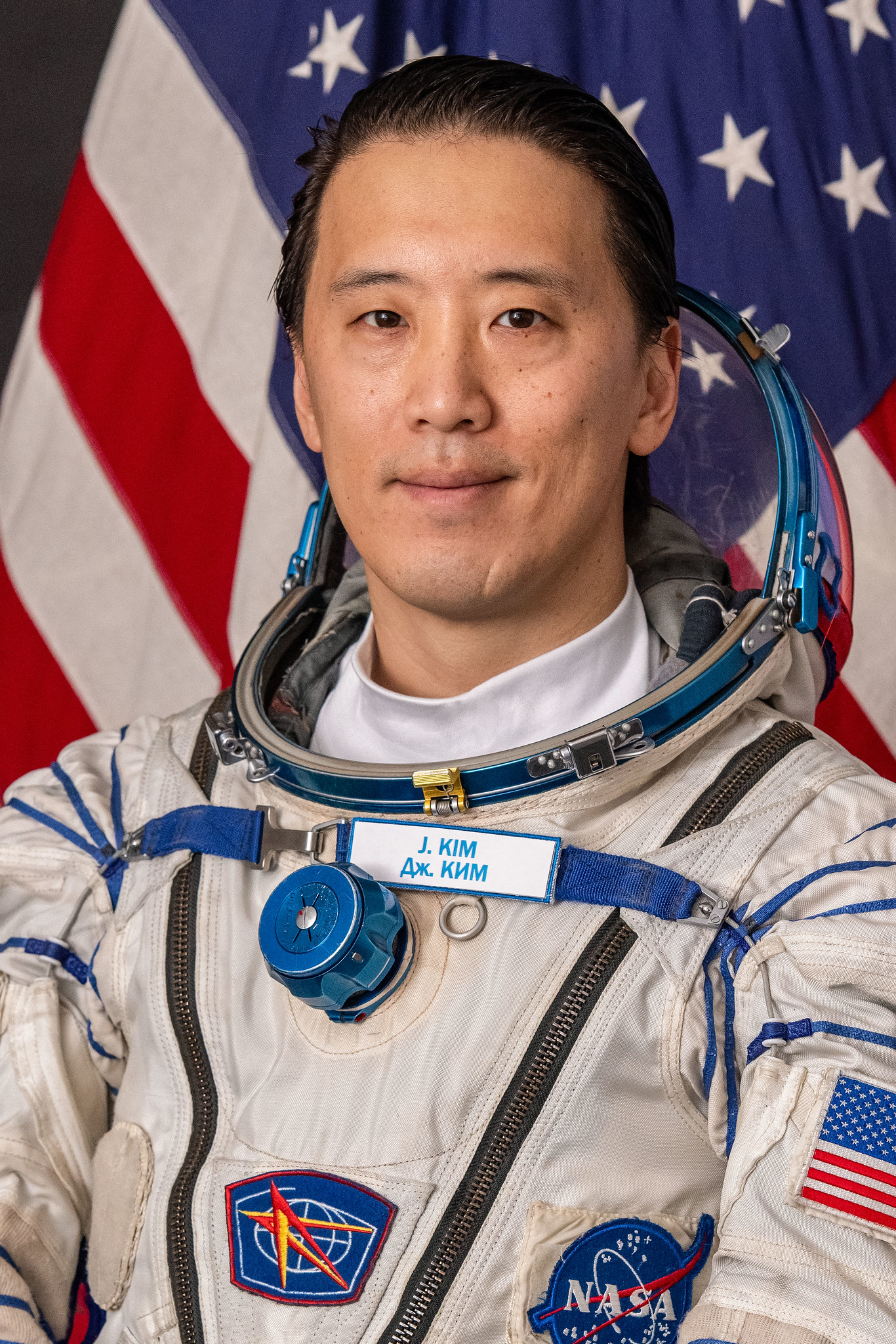3 min read
Preparations for Next Moonwalk Simulations Underway (and Underwater)
With more than 17 years of experience at NASA, Lindsai Bland has been an integral part of the agency, contributing to multiple Earth observing system missions at NASA’s Goddard Space Flight Center in Greenbelt, Maryland. Now, Bland ensures the agency’s communications and navigation resources meet overall needs and requirements as the Mission Operations Interface Lead for NASA’s SCaN (Space Communications and Navigation) program.
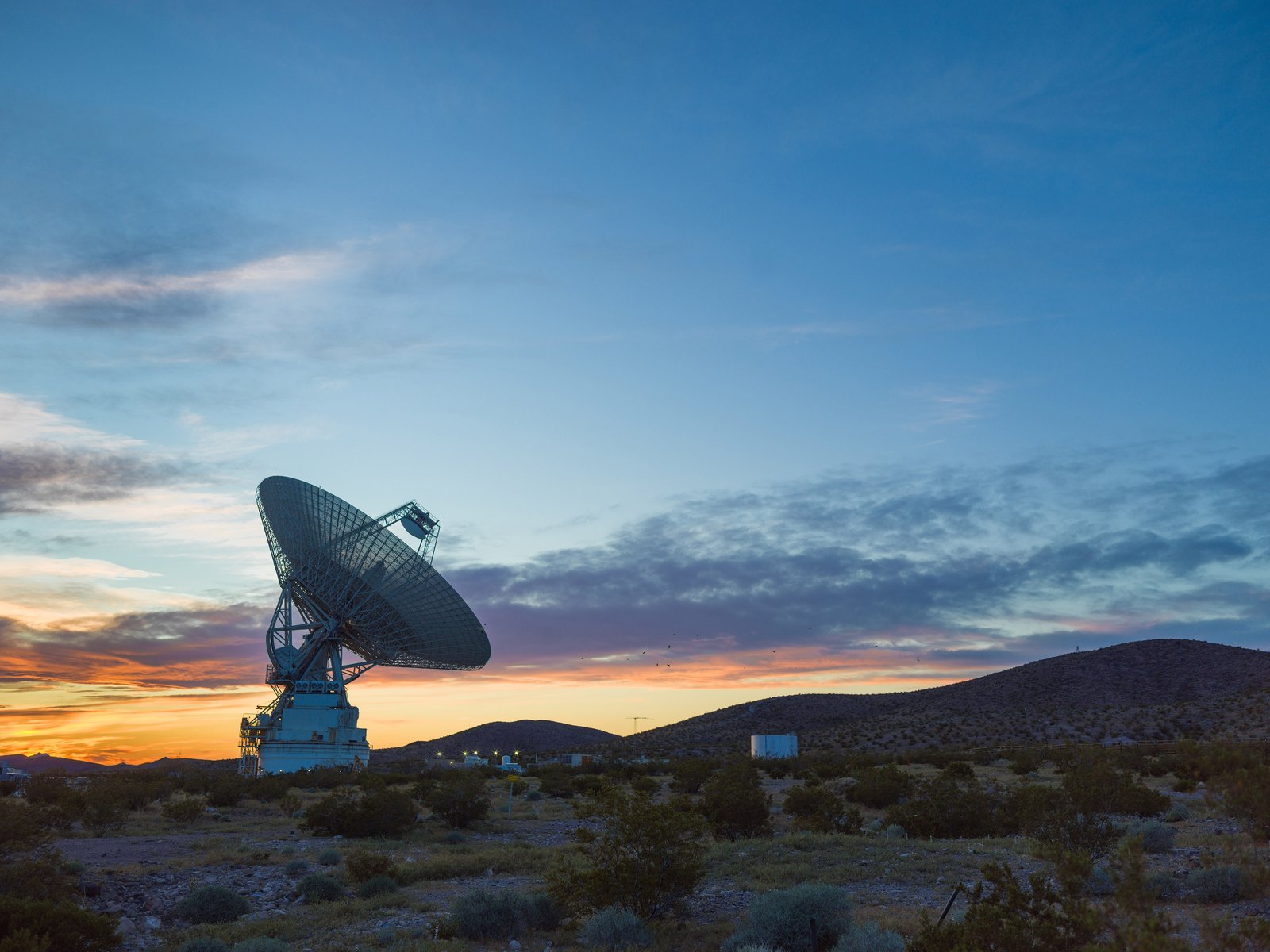
The program, managed through the agency’s Space Operations Mission Directorate, is responsible for all of NASA’s space communications operations, including the Near Space Network and Deep Space Network, which have enabled the success of more than 100 NASA and non-NASA missions. Astronauts aboard the International Space Station, missions monitoring Earth’s weather and effects of climate change, and spacecraft exploring the Moon and beyond all depend on NASA’s Near Space and Deep Space Networks to provide robust communications services. As interface lead, Bland works with teams to guarantee that critical data is transmitted between spacecraft and desired control center.
“Working with the SCaN program gives me the opportunity to be a part of a variety of mission types with endless science objectives,” said Bland. “Joining this team has been a highlight of my career, and tackling new challenges has been incredibly rewarding.”
Looking ahead, Bland envisions that NASA will persevere in expanding the boundaries of space exploration, especially as the agency partners with international and U.S. industry in support of commercially owned and operated low Earth orbit destinations.
“I think NASA will continue to push the boundaries of the aerospace industry and physical science studies,” she says. “NASA will take risks in exploration, bringing along industries and businesses to help further our goals.”
Outside of her work at NASA, Bland is passionate about the arts. She was an avid dancer from a young age, training in ballet, modern, and jazz. Bland also enjoys making her own cosmetics. She believes strongly in giving back to her community and dedicates some of her personal time to community services effort around Montgomery County, Maryland.
Bland’s career at NASA is a testament to her dedication, expertise, and passion for science and space exploration. Bland will continue to NASA’s mission in expand our understanding and study of our solar system and universe in captivating new ways.
NASA’s Space Operations Mission Directorate maintains a continuous human presence in space for the benefit of people on Earth. The programs within the directorate are the heart of NASA’s space exploration efforts, enabling Artemis, commercial space, science, and other agency missions through communication, launch services, research capabilities, and crew support.
To learn more about NASA’s Space Operation Mission Directorate, visit:
https://www.nasa.gov/directorates/space-operations
from NASA https://ift.tt/wEShztp

